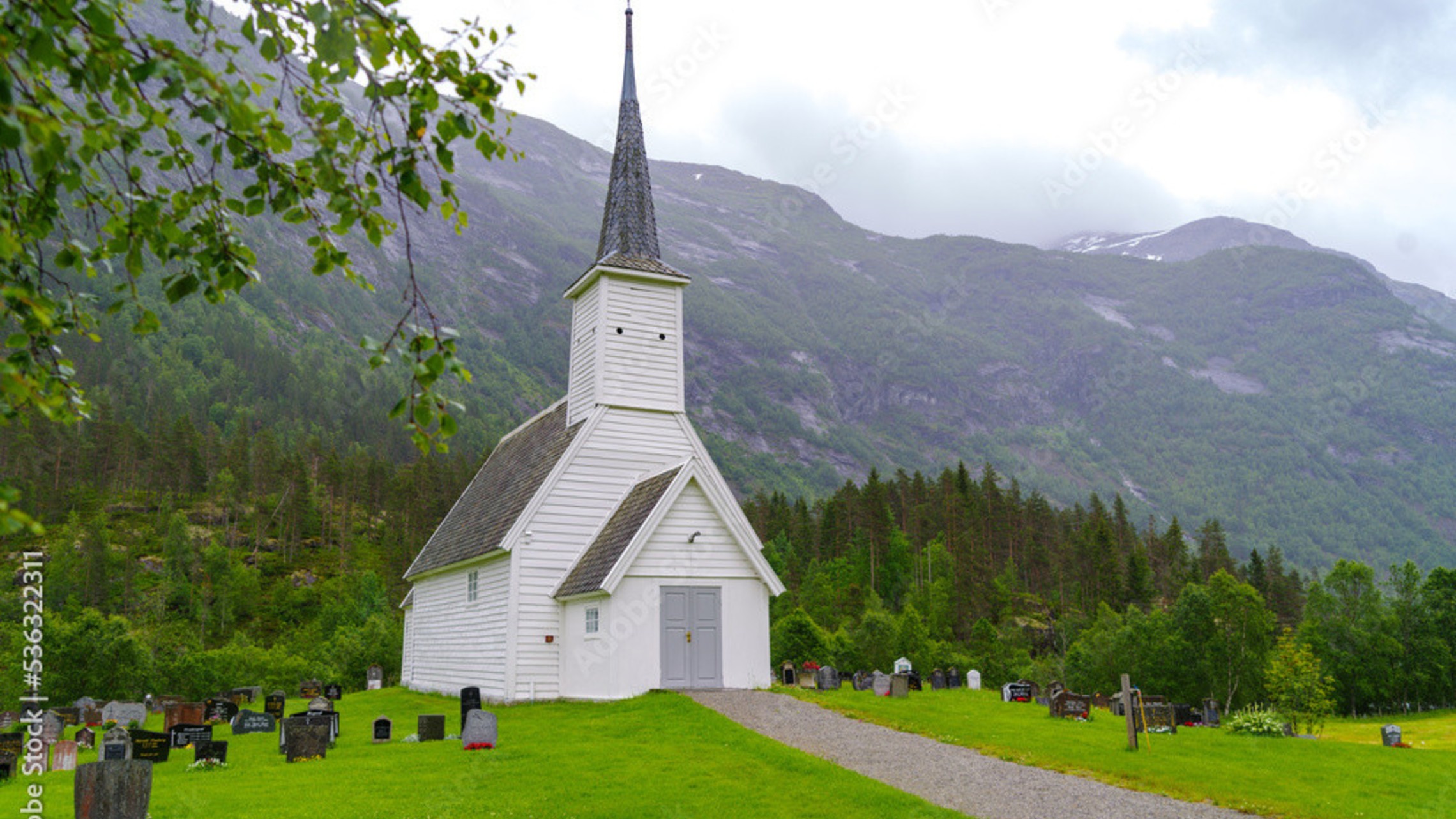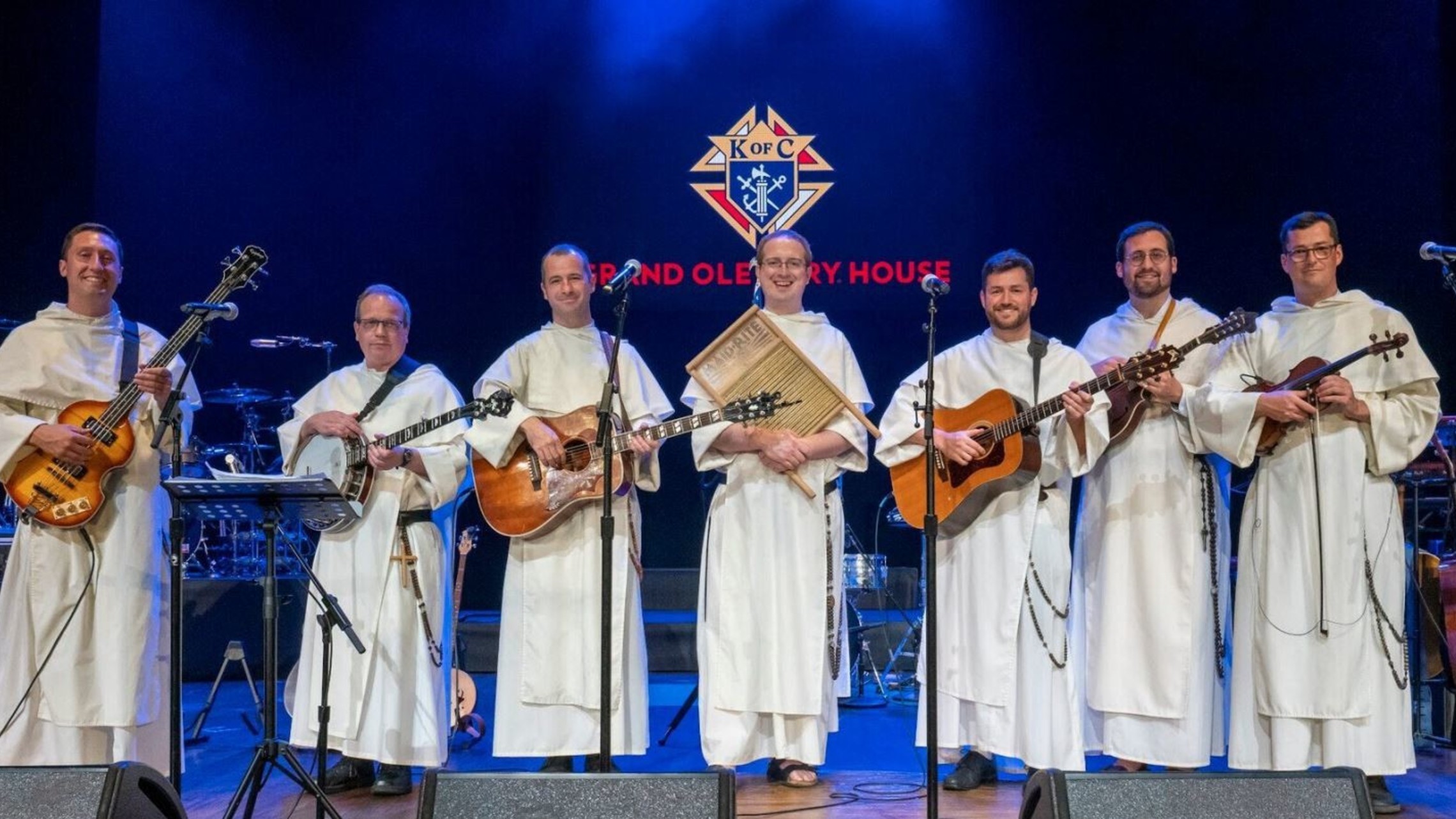A Brave New Pro-Life Ethic

Reflections on the Past, Present, and Future by Fr. Frederick Edlefsen
Thousands of people will attend the March for Life in Washington, DC on January 21. Founded by Nellie Gray, the March began as a small demonstration in 1974, one year after the Supreme Court’s January 22, 1973 “Roe vs. Wade” decision. It soon became the world’s largest pro-life event, bearing witness to the truth about one of the greatest human rights violations in our country: denying legal protection for the lives of unborn children. In October 1973, thirty pro-life leaders gathered in Nellie’s home in Washington, D.C. to discuss commemorating the one-year anniversary of Roe. They wanted January 22 to become a day to raise awareness about the right-to-life.
Since the first March for Life in 1974, the pro-life movement has challenged our nation to examine itself. Even some critics admit that the movement provokes important questions and debate. It’s a voice of conscience about how we, as a society and as individuals, treat all human life. The pro-life movement even challenges the consciences of its supporters. What do we do for life beyond the womb? What do we do for poor and vulnerable mothers and families? How do we build a thoroughly pro-life society that welcomes and nurtures everyone? After all, life must be given again and again, at every stage and circumstance. The pro-life movement challenges us to examine the role of laws – “ordinances of reason” – in protecting inviolable rights. Furthermore, the movement challenges us to examine the role of public policy in caring for life. Pope Francis raises this issue:
“Since everything is interrelated, concern for the protection of nature is also incompatible with the justification of abortion. How can we genuinely teach the importance of concern for other vulnerable beings, however troublesome or inconvenient they may be, if we fail to protect a human embryo, even when its presence is uncomfortable and creates difficulties? ‘If personal and social sensitivity towards the acceptance of the new life is lost, then other forms of acceptance that are valuable for society also wither away’” (Laudato Si, 120).
Pro-life is pro-ecology, at all levels, says the Holy Father. That’s a challenge for everyone – pro-lifers, progressives, conservatives, legal experts and lawmakers. Human life relates to its environment – for better or for worse – by God’s design, and it flourishes when that environment is healthy. Human life needs what Catholic social teachings calls “human ecology” – which entails economic ecology, social ecology, cultural ecology and an ecology of daily life.
In light of this, it seems that the connection between life and ecology needs to be restored in public policy. We must go beyond today’s partisan impasse and open our minds to life as an organic whole. We need to replace a “shattered” and “disjointed” view of life. Instead of grasping shards of truth, we need to open our minds to grasp the whole.
If we do not accept that all human life is sacred, our entire view of life becomes fragmented. However, in the 1960s and 70s, many well educated people said that the old ethic that human life is sacred would inevitably change. They presumed it was a matter of social evolution or progress, as noted in this passage from a September, 1970 editorial in “California Medicine”:
“The process of eroding the old ethic [that all human life is sacred] and substituting the new [that all human life is not sacred] has already begun. It may be seen most clearly in changing attitudes toward human abortion. In defiance of the long held Western ethic of intrinsic and equal value for every human life regardless of its stage, condition, or status, abortion is becoming acceptable by society as moral, right, and even necessary. . . . [S]ince the old ethic has not been fully displaced it has been necessary to separate the idea of abortion from the idea of killing, which continues to be socially abhorrent. The result has been a curious avoidance of the scientific fact, which everyone really knows, that human life begins at conception and is continuous whether intra- or extra-uterine until death. The very considerable semantic gymnastics which are required to rationalize abortion as anything but taking a human life would be ludicrous if they were not often put forth under socially impeccable auspices. It is suggested that this schizophrenic sort of subterfuge is necessary because while a new ethic is being accepted the old one has not yet been rejected.” (California Medicine, 113, no. 3, 1970)
The editorial is as honest as it is depressing. Like a stoic spectator, it coldly avoids value judgments. The article notes what many people were thinking at that time: there is no choice but to embrace this inevitable new ethic. It’s happening, and there’s no turning back. The process, says the article, of displacing the “old ethic” of killing being “socially abhorrent” requires a transitional period of “semantic gymnastics” in order to justify abortion. It also requires a “schizophrenic sort of subterfuge” until we no longer find killing to be “socially abhorrent.” In other words, until the “old ethic” of “intrinsic and equal value for every human life” is “fully displaced,” it will be necessary to double-speak around the fact that abortion is homicide. The editorial says, “It seems safe to predict that the new demographic, ecological, and social realities and aspirations are so powerful that the new ethic of relative rather than of absolute and equal values will ultimately prevail as man exercises ever more certain and effective control over his numbers….”
But the “old ethic” was not totally dead in 1973. During the oral arguments for Roe v. Wade, a Supreme Court Justice told the attorney for Wade that, if he could make a philosophical argument that a fetus is a person, he would win the case. But the attorney made no such argument. However, making that argument is not hard to do: At the moment of fertilization, a new life begins that is neither the life of the mother nor the life of the father, but a new life that is the same species as both parents. That’s a metaphysical fact backed by science. “California Medicine” admitted we knew as much back in 1970.
Nonetheless, the Roe ruling provoked what would, over the next several decades, become an increasingly polarizing, partisan debate that’s still playing itself out in our country today. Pro-lifers are often suspicious of “progressive ideals” which, as noble as they may be, piggy-back on the “new ethic.” Progressives themselves cling tenaciously to the “schizophrenic sort of subterfuge” that evades the fact that a fetus is a human person.
That needs to change. Pro-lifers should proactively propose a “new” new ethic that moves beyond the current disjointed outlooks. The pro-life movement will be convincing only when it sees “pro-life” as being much more than outlawing homicide. For pro-lifers, abortion cannot be the “only issue.” While abortion is especially grave because it victimizes the most vulnerable, it’s still bound up with how we treat all of human life. For example, pro-lifers should proactively support racial justice. In effect, the ethic that motivates a pro-life movement is the same ethic that motivates a racial justice movement. For another example, pro-lifers should also advocate state supported pre-natal and post-natal care for poor and undocumented women and their babies. We need a brave new pro-life ethic that embraces a healthy human ecology. Society needs a holistic medicine. We need a brave new outlook that gives life again and again.
I invite everyone to join us in prayer on Friday, January 29, after the Noon Mass, when the March would have taken place. The Blessed Sacrament will be exposed until 3:00PM. Let us take this occasion to reflect upon the meaning and dignity of all human life, from it's natural beginning until the time that God calls each one back to Himself.



